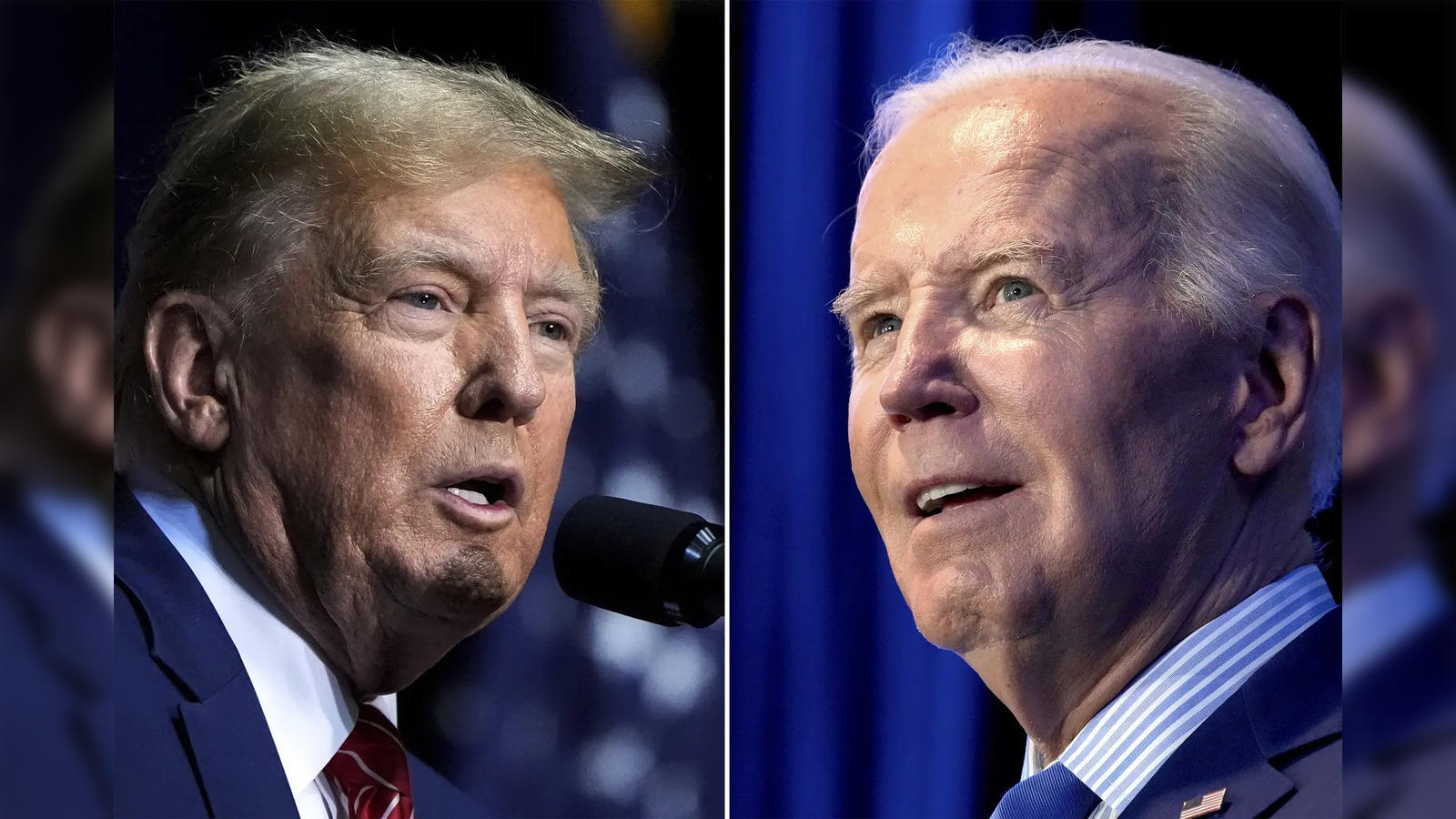The Australian War Memorial’s uncompromising depiction of the Frontier War speaks volumes.Paul Daley

T.The Australian War Memorial’s recent vague commitment to a “broader, deeper depiction” of colonial violence against indigenous peoples risks being undermined by a lack of detail and sound historical context.
Late September Brendan Nelson, Chairman of the Memorial Council, said: The organization decided on “a broader and deeper depiction and representation of the violence perpetrated against indigenous peoples, first by the British, then by pastoralists, then by police and then by Aboriginal militias.”
Note: Nelson did not say that the memorial was dedicated to a wider and deeper depiction of the “frontier war.” It acknowledges that while he and others associated with the monument recognize border violence against indigenous peoples by military regiments, police, pastoralists and militias, violence equates to “war.” Because there is no
Helpfully, Minister for Veterans Affairs Matt Keogh also chose his words carefully. he said: “I think it’s important to recognize that the War Memorial already has some awareness of the border conflict. We recognize that there will be greater reflection on it as part of our expansion program.”
“I believe that awareness and reflection on border conflicts is the responsibility of all cultural institutions, not just here at the War Memorial.”
There is no mention of frontier warfare either. One of Keogh’s most interesting remarks was his argument that responsibility for reflecting border conflicts should be distributed to war memorials and other cultural institutions.While this is true, it seems to ignore the fact that all of the other major national institutions based in Canberra have over the decades already A meaningful and meaningful reflection of the frontier wars and conflicts against Aboriginal peoples, killed by conservative estimates at least 60,000 Indigenous men, women and children from whom the Australian White Confederation was founded.
The plain truth is that War Memorial has long been a staunch outlier in the field. It was pushed back, contrary to widespread suggestions that the agency should make sense, under a board position such as (outlining to become president of weapons maker Boeing International at the end of the year). War, Frontier as part of its mission to document the social impact of the ‘conflict’ and ‘war’ in Australia.
Nelson, current director Matt Anderson, and the Memorial have addressed what they claim is a document documenting frontier violence by pointing to a collection of 63 works of art that address the issue. More generally, however, such works are rarely exhibited, and the mere possession of such works in collections does not imply any sense of violence, war, or conflict on the frontier. (call it what you like – sound research doesn’t hide behind semantics!) in the context of Australian martial arts history.
So did Nelson. consistently insist The story of frontier conflict is the duty of the National Museum of Australia, not the memorial.
What the memorial is intended to be at this very place has been subject to considerable verbal distortion. The Honest History organization recently pointed outAnderson said in her appearance in Rachel Perkins’ noteworthy documentary The Australian War: [the memorial] To tell the story of frontier violence in a way that inspired those who joined and left the Australian Imperial Army. “
From my point of view, this makes little sense. Just as in the past the memorial has attempted to use the story of the “Black Diggers” (Aboriginal and Torres Strait Islander people who served in the Australian Defense Force) as fig leaves of ruthless attitudes in frontier warfare. It’s so pointless.
More than ten years ago, I began writing about the fortitude of monuments that meaningfully represent frontier violence as part of Australia’s military history. Nine years ago, I still remember the response I got when I asked the memorial, under then-newly appointed director Nelson, if the memorial would consider depicting Frontier Conflict.
The so-called “look over there” type of response came back.
sure, go back A spokesperson replied The memorial “has a rich collection of materials related to First World War I soldiers and women”.
“This includes boarding information, POW records, Red Cross files, personal letters, service details, artwork, photographs and medals. The Service Collection Guide identifies the Aboriginal and Torres Strait Islander people who served during World War I and showcases the records and collectibles related to their individual service. “
While war memorials now know exactly how to document border conflicts, wars, or violence, they face challenges from progressives and what many consider to be “sacred” institutions. No wonder it also finds itself somewhat besieged by its conservative defenders. They believe it should be devoted exclusively to the equally sacred (and white) story of Anzac.
Apparently much like Anderson in the Australian War, RSL Australia Chairman Greg Merrick recently said: National personnel of the ADF. The Australian War Memorial honors the sacrifices of those who have served our country in armed conflict and peacekeeping, and it is right and proper that it be maintained exclusively. “
Therefore, to make a meaningful change to the War Memorial’s policy on border disputes under the Labor government, it is not enough to simply acquire and hang new artwork in a dedicated space. His more than 60,000 Aboriginal people killed at the border must be mourned, just as his more than 100,000 Australian soldiers died in operations abroad.
in the Henry Reynolds words, the Australian living historian who has probably done more than anyone else to shed light on the extent of Australia’s frontier violence, said: Soldiers of the Memorial’s Inner Sanctuary.
The Australian War Memorial’s uncompromising depiction of the Frontier War speaks volumes.Paul Daley
Source link The Australian War Memorial’s uncompromising depiction of the Frontier War speaks volumes.Paul Daley



